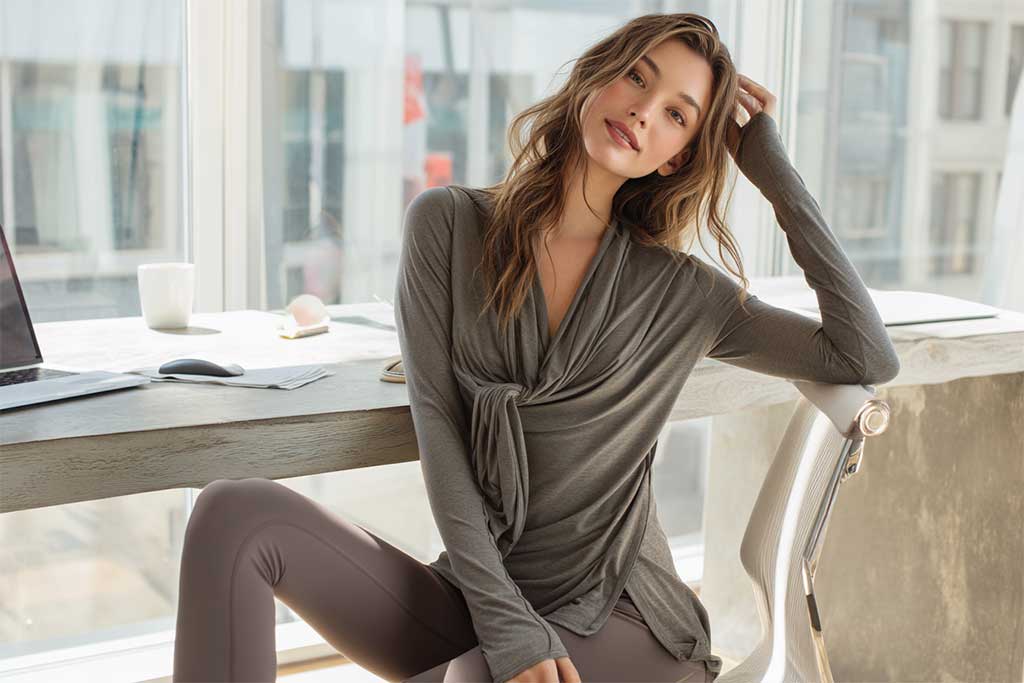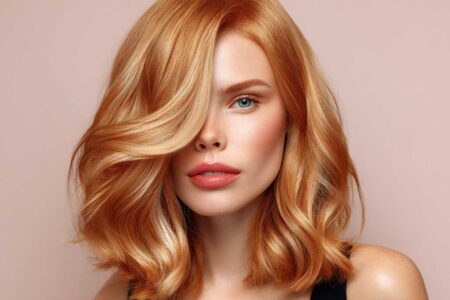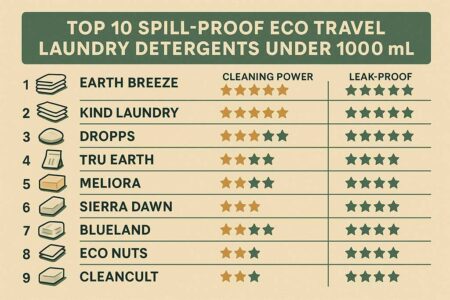Last August New York hit 96°F with coffee-cup-melting humidity. I sat on a metal café chair and felt my T-shirt cling like cellophane. I walked home, changed into a loose linen button-down, and the clammy feeling vanished. That quick swap convinced me to audit my whole summer wardrobe.
I ran a simple “tram-ride sweat test.” I wore one fabric per day,same 15-minute commute, same backpack, no AC cheats. Anything that left me dry (or at least not soaked) made this list. Everything else moved to winter storage.
Here’s what passed.
Why Breathable Natural Fabrics Matter
Humidity traps sweat on your skin. When fabric can’t move that moisture away, you overheat fast. Natural fibers,think plant stalks, wood pulp, even seaweed,have tiny gaps that let air flow. Some also wick moisture so it can evaporate.
Quick definitions:
- Air-permeable: Loose weave lets heat escape.
- Moisture-wicking: Fiber pulls sweat off skin.
- Quick-dry: Fabric releases that moisture fast.
Synthetic blends often fail one or all of those tests. The 10 fabrics listed below are your guide to choosing the best fabric for hot humid weather.
The Fabrics
1. Linen

Why it works
Flax fibers are hollow and irregular, so air zips through.
My test
Walked 4 km along the Sava River in a linen camp shirt. No damp patches.
Best picks
Short-sleeve button-downs, wide-leg trousers.
Care tip
Wash cold, hang dry, live with the wrinkles.
2. Cotton Voile

Why it works
Ultra-fine yarns, super-loose weave. Feels like a breeze.
My test
Took the tram at noon in a voile peasant top. Stayed comfortable; backpack straps didn’t stick.
Best picks
Billowy blouses, tiered dresses.
Care tip
Cold wash, tumble low for ten minutes, then hang to finish.
3. Hemp

Why it works
Fibers are porous and stronger than cotton; fabric softens with wear.
My test
Urban gardening day in hemp shorts. Kneeling, lifting pots,still dry.
Best picks
Utility shorts, work shirts.
Care tip
Wash like denim. Fabric gets softer every cycle.
4. Tencel™ Lyocell

Why it works
Wood-pulp fiber spun in a closed-loop process; wicks sweat fast.
My test
Office commute in a Tencel tee. Arrived without that post-metro stickiness.
Best picks
Basic tees, flowy jumpsuits.
Care tip
Avoid high heat; it can glaze the surface.
5. Bamboo Viscose (Closed-Loop)

Why it works
Round, smooth fibers feel cool to the touch and pull moisture outward.
My test
Yoga class in a bamboo tank. Mat stayed drier than usual.
Best picks
Athletic tanks, sleepwear.
Care tip
Wash in a mesh bag; bamboo can snag.
6. Ramie

Why it works
Plant fiber similar to linen but even more open-weave.
My test
Marketplace stroll in a ramie button-up. Constant airflow; shirt dried in minutes after a spill.
Best picks
Overshirts, shell tops.
Care tip
Steam instead of iron; ramie scorches quickly.
7. Silk Crepe de Chine

Why it works
Silk’s protein fiber wicks well; crepe weave keeps it from clinging.
My test
Evening terrace dinner in a silk midi. Stayed cool; zero static.
Best picks
Slip dresses, scarf tops.
Care tip
Hand-wash with shampoo, roll in towel, hang.
8. Summer-Weight Merino Wool

Why it works
Merino fibers absorb vapor before it turns to sweat, odor-resistant.
My test
Morning run in a merino tee. Shirt felt dry by the time I hit the bakery.
Best picks
Base-layer tees, lightweight sweaters.
Care tip
Wool cycle, no fabric softener.
9. SeaCell® (Seaweed Blend)

Why it works
Seaweed mixed with lyocell, fibers are flat and breathable.
My test
Full workday in a SeaCell top. No midday change required.
Best picks
Drapey tops, yoga leggings.
Care tip
Wash cold; minerals in the fiber don’t love heat.
10. Modal (Beechwood)

Why it works
Fine cellulose fiber, silky hand, high moisture release.
My test
Two-hour bus ride in a modal dress. Seat back didn’t peel me off.
Best picks
T-shirt dresses, lounge pants.
Care tip
Keep dryer on low; high heat can make it shrink lengthwise.
Quick Buyer’s Checklist
- Hold fabric to light,looser weave, more breathability.
- Do a “puff test.” Blow through it; if air passes, heat will too.
- Choose lighter colors; they reflect sun.
- Check certifications like OEKO-TEX for chemicals.
- Read the care label,some natural fibers hate high heat.
Styling Hacks
- Pair loose tops with looser bottoms; tight waistbands trap sweat.
- Stick to pale shades during peak sun; dark dyes absorb heat.
- Swap synthetic linings for cotton slips.
- Keep a travel steamer handy,wrinkles happen, but airflow matters more.
FAQ
Is bamboo always eco-friendly?
Only closed-loop bamboo viscose. Regular bamboo rayon uses harsh chemicals.
Does linen wrinkle too much to wear to work?
Yes, it wrinkles, but a crease is a price for comfort. Opt for blended linen if you need polish.
Can silk handle sweat?
Silk wicks well, but choose looser cuts and wash promptly.
Conclusion
Since I booted poly blends from my summer rotation, I no longer dread August. If you pick even one of these ten breathable natural fabrics for humidity, your skin will thank you. Try a linen shirt or a Tencel tee on your next heat-wave day and let me know how it goes. Your armpits will notice the difference long before the thermometer does.
Image Credits: Blufashion






